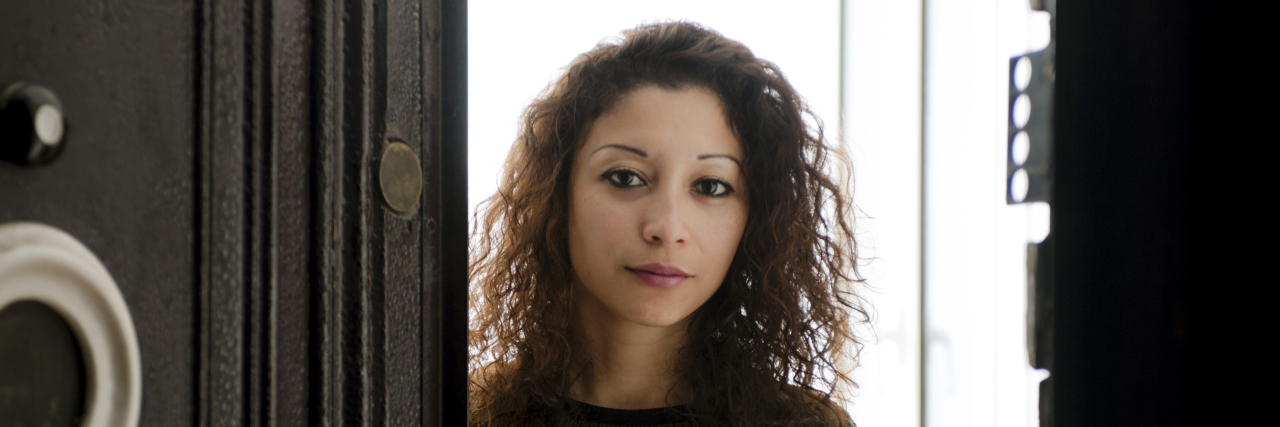In daily life, you have a variety of conversations with friends, family, co-workers and even strangers. There are times when you wonder, “Is this person listening to me?” Unfortunately, you can’t read people’s minds, so there’s no real way to tell if somebody is listening to you or tuning you out. There is one place where you should be able to count on being heard, and that’s in therapy. Your therapist is there to listen to you.
In client-centered therapy, the therapist’s goal is to listen. They are there to help you find ways to help yourself. They’re not there as a sage advice giver; they are empowering you to make your own decisions. It’s natural to feel nervous, angry, scared, or a variety of feelings in therapy. That is why you’re in session. Client-centered treatment is a particular kind of therapy where you are in charge of where the meeting leads.
Why are you in therapy?
Many people go to therapy so their therapist can listen to them. The point of treatment is to work through problems. In client-centered therapy, your therapist is actively hearing what you’re saying and working hard to be nonjudgmental. Active listening is challenging because your therapist needs to allow you the space to grow emotionally by articulating your feelings. They’re not going to tell you what to do. The therapist should be kind, encouraging, and remind you that you are capable of helping yourself. They have unconditional positive regard for you no matter what you say (unless you say you want to harm yourself or someone else). If you say either of those things, they are required to tell an authority. When your therapist is listening to you and you’re the one doing most of the talking you may become anxious or even paranoid that they don’t hear you. It’s natural to feel unsure about this. What can you do? Directly ask your therapist, “Are you listening to me?” A good therapist is not going to be offended by your question.
One of the things that many people with anxiety or OCD struggle with is seeking reassurance. What this means is checking in and asking another person if what you’re doing is normal. “Is this OK?” “Am I ‘crazy’?” I have a friend who can’t make a decision without asking at least three of her friends. It makes her feel frozen at times.
If you have an anxiety disorder and you’re in client-centered therapy, it may be challenging to find solutions to problems because you’re looking your therapist to tell you your feelings are valid or that you’re on the right track. A person-centered or client-centered therapist isn’t going to focus on reassurance-seeking behavior but rather reinforce the idea that you have the tools to help yourself. There is a balance between listening and giving feedback. A client-centered therapist is not silent during sessions. They speak to their patients, but they are limiting what they say. They want their clients to be able feel their feelings and articulate those emotions out loud.
Is client-centered therapy right for you?
Client-centered therapy may not be the kind of treatment that works for you. But it can be an excellent way of building self-esteem to work in client-centered therapy because the therapist shows you that you can solve your problems. If you have low self-worth, this could be a great way to empower yourself and find love even.
However, there are so many kinds of therapy for you to try! Whether you’re looking for an online therapist or somebody who is in your local area, there are many options for you. Find the best kind of counselor or therapist that fits with your life and your personality.
Getty image by Victoria Labadie – Fotonomada.


